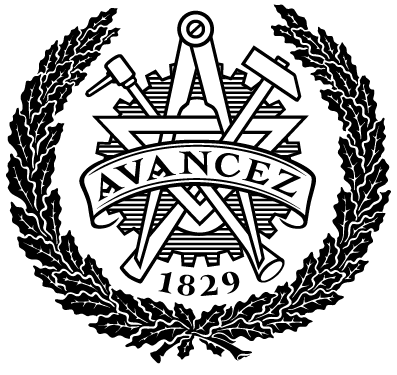Creation of a digital twin for simulation of melt pool geometry in metal additive manufacturing
Publicerad
Författare
Typ
Examensarbete för masterexamen
Master's Thesis
Master's Thesis
Modellbyggare
Tidskriftstitel
ISSN
Volymtitel
Utgivare
Sammanfattning
Additive manufacturing (AM) is a production technique that allows for the creation of
complex geometries and components in near net shape by fusing the material layer by
layer. It is a versatile but expensive method and due to this cost, simulating the process is
of utmost interest. Since it requires complex multi-physics models at a very small scale,
producing simulations of desired accuracy takes a lot of time and computational power.
Simpler analytical models have shown promise as they run in a fraction of the time, but at
the cost of accuracy. The present work explores the possibility to train an analytical model
by adjusting material and process parameters to compensate for the lack of physics. The
goal is a digital twin of the more complex model, which generates melt pool geometries
comparable to the multi-physics model in a fraction of the time. This was accomplished
by minimising a cost function based on the width and depth of a number of isotherms in a
simulated melt pool in an electron beam melting AM process. The work demonstrates the
feasibility of using a low resolution analytical model with modified material and process
parameters as a digital twin to a multi-physics based simulation. Thus demonstrating
the feasibility of bridging the gap between computational efficiency and model accuracy.
It also establishes a foundation for more cost-effective and scalable simulations in AM,
advancing the potential for innovation in the field.
Beskrivning
Ämne/nyckelord
Additive manufacturing, electron beam melting, titanium-64, simulation, optimisation, FastLab, AnTem, transfer function, digital twin
